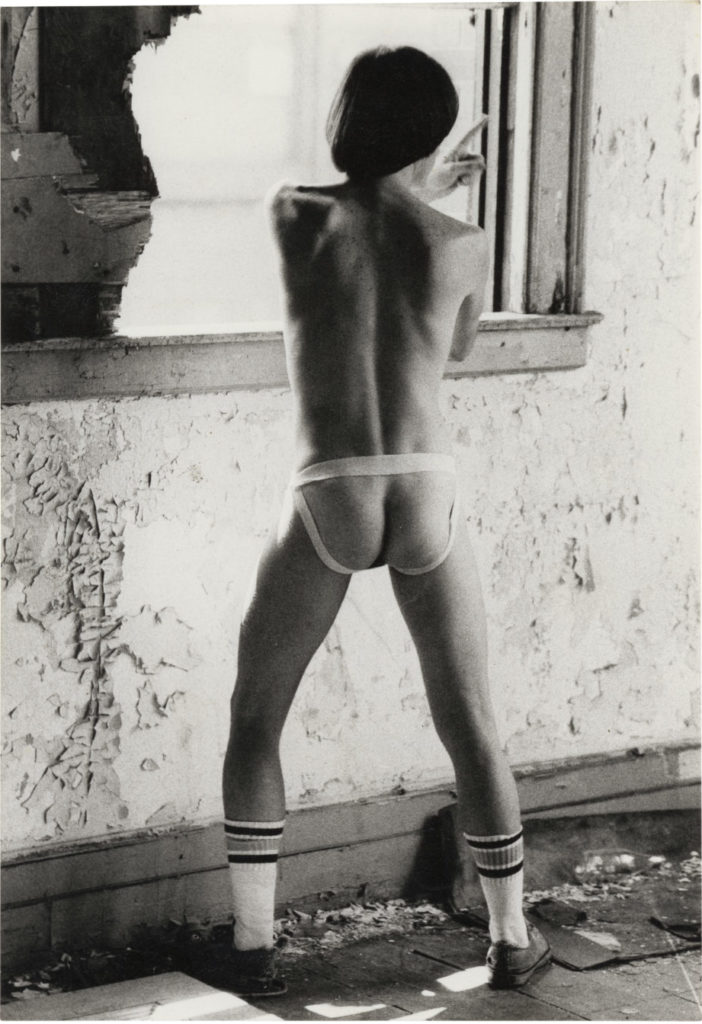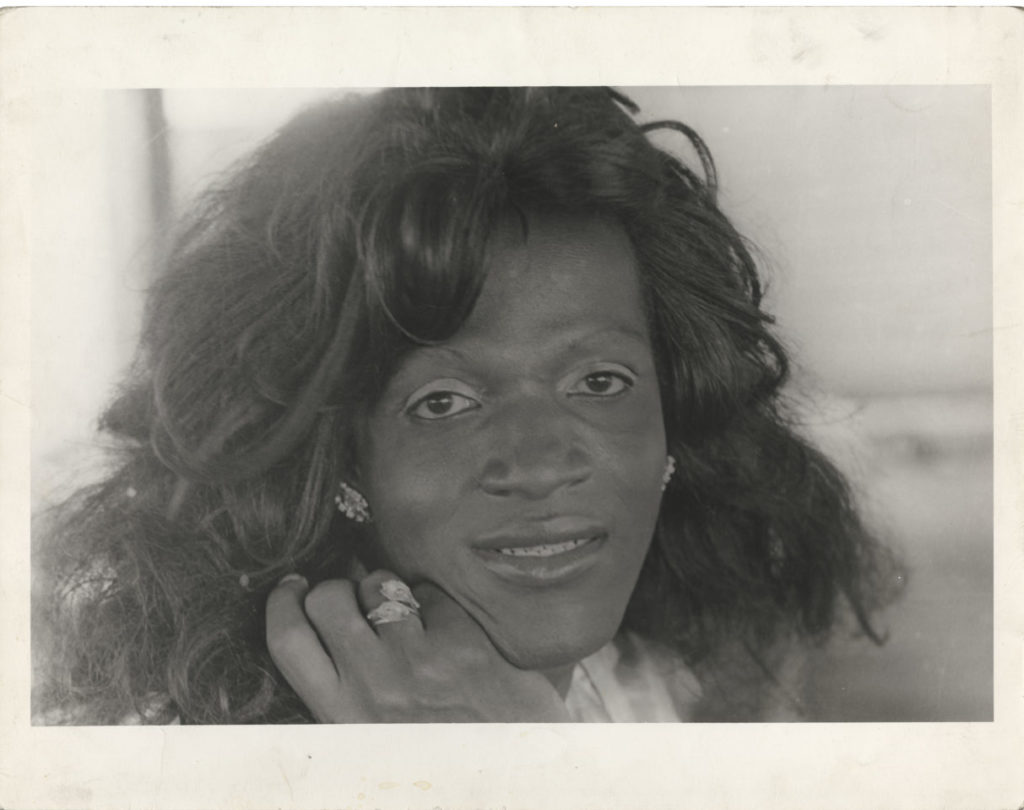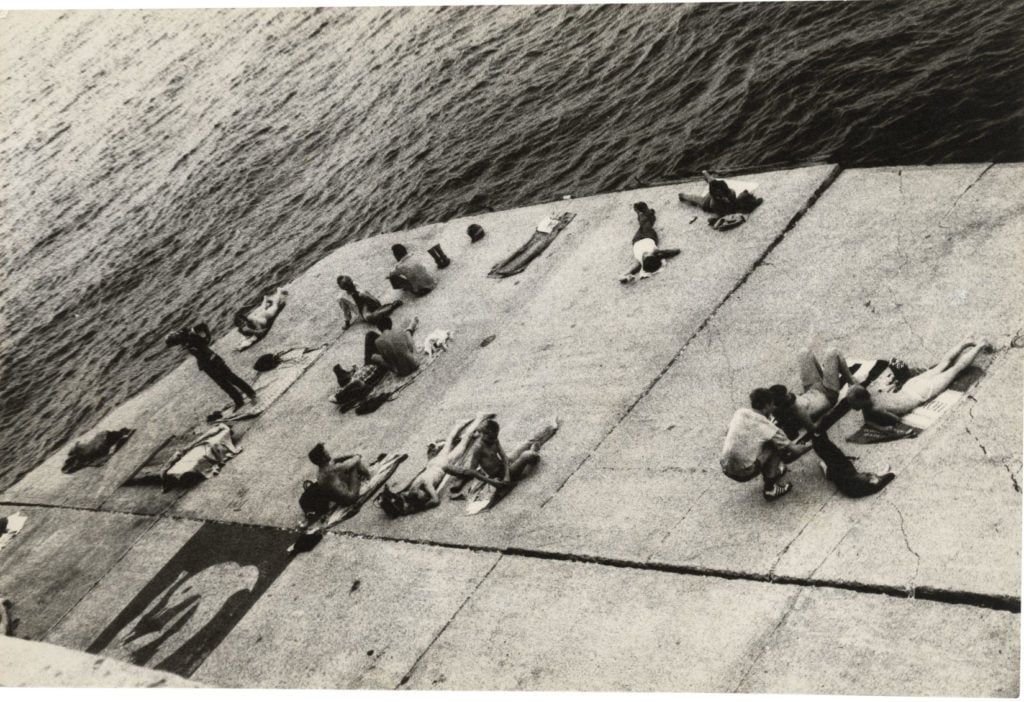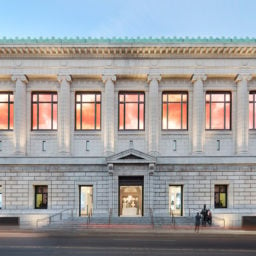Earlier this year, real estate developers in New York announced that the Gansevoort Peninsula, a small outcropping on the far west side of Manhattan not far from the Whitney Museum, would be transformed into a family-friendly public park. That’s a far cry from what the area was like 45 years ago, when a catastrophic car crash on the Westside Highway turned the piers into a hotbed for drug dealing and prostitution—and a haven for gay men.
For 11 obsessive years in 1970s and ‘80s, the Bronx-born photographer Alvin Baltrop documented the alternative world that existed in this once-run-down part of the city, capturing cruisers, sun-bathers, fornicators, and friends in that brief moment after the Stonewall riots and before the explosion of the AIDS epidemic.
This summer, those photos and others by Baltrop, including many that have never been shown in public, will go on view at the Bronx Museum of the Arts in the late artist’s first-ever retrospective. Curated by Sergio Bessa, “The Life and Times of Alvin Baltrop” is set to open August 7, and will be on view through February of next year.

Alvin Baltrop,
The Piers (man wearing jockstrap) (1975–86). Courtesy The Alvin Baltrop Trust, © 2010, Third Streaming, NY, and Galerie Buchholz,
Berlin/Cologne/New York.
Born in 1948, Baltrop picked up photography in his teens. He carried his camera with him to Vietnam, where he served in the navy and made a habit of photographing his fellow sailors. He moved back to New York in 1972, enrolling at the School of Visual Arts. He began shooting the piers in 1975—a project, thousands of negatives deep, that would come to encompass much of his life. He was so dedicated to it that he quit his day job as a taxi driver and would often photograph at the piers for days straight, living out of a van.
“Although initially terrified of the piers, I began to take these photos as a voyeur [and] soon grew determined to preserve the frightening, mad, unbelievable, violent, and beautiful things that were going on at that time,” Baltrop wrote in the preface to an unfinished book of these photographs. “To get certain shots, I hung from the ceilings of several warehouses utilizing a makeshift harness, watching and waiting for hours to record the lives that these people led (friends, acquaintances, and strangers), and the unfortunate ends that they sometimes met.”
After a lengthy battle with cancer, Baltrop died in 2004, having exhibited his work very few times during his lifetime.

Alvin Baltrop, Marsha P. Johnson (1975–86). Courtesy The Alvin Baltrop Trust, © 2010, Third Streaming, NY, and Galerie Buchholz,
Berlin/Cologne/New York.
The exhibition is one of dozens opening this summer as part of the Stonewall 50 Consortium, which is organizing programming around the 50th anniversary of the events that eventually led to the international rise of the Gay Liberation and LGBTQ+ movements.
Other shows include “Love & Resistance: Stonewall 50” at New York Public Library (on view now through July 14); “Art After Stonewall” at NYU’s Grey Art Gallery (through July 20); “Art After Stonewall” at the Leslie-Lohman Museum of Gay and Lesbian Art (through July 21); and “Nobody Promised You Tomorrow: Art 50 Years After Stonewall” at the Brooklyn Museum (through December 8).
“The Life and Times of Alvin Baltrop” will be on view at the Bronx Museum of the Arts from August 7, 2019 to February 9, 2020.











